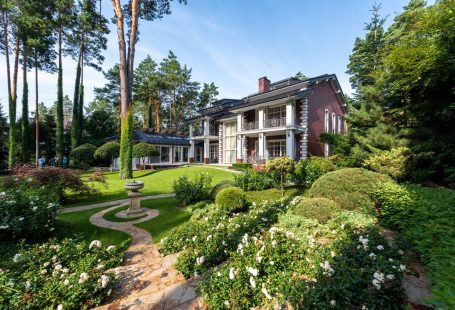It is a common occurrence for electricity bills to skyrocket during heat waves or cold snaps, as Australian residents use heaters and air conditioners to regulate the temperature in their houses.
Even on normal days, a significant amount of energy is expended on cooling or heating appliances. In Australia, it is estimated that up to 39% of the end energy usage in domestic buildings is for space heating and cooling.
In collaboration with Think Brick Australia, a research team from the University of Newcastle has spent over eight years studying the thermal performance of masonry housing, with a view to obtaining the optimal house design for thermal efficiency. That is, a home or building which provides a high level of thermal comfort without an over reliance on artificial heating or cooling.
The project, which is headed by Emeritus Professor Adrian Page, Dr. Dariusz Alterman and Professor Behdad Moghtaderi of the Priority Research Centre for Energy, records valuable data through the employment of a thermal ‘guarded hot box,’ and four thermal housing test modules, that are unique to Australasia.
Extensive theoretical studies are also being performed in parallel with this experimental program.
The thermal ‘guarded hot box’ is used to determine the surface-to-surface thermal resistance, or R-value, of various wall systems or composites, in accordance international testing standards.
“It can also be used to evaluate the wall behaviour in cyclic tests, simulating real weather conditions, which is an important factor in the passive solar design of houses,” said Dr Alterman.
The thermal housing test modules are being used to observe the response of various walling systems in a realistic setting. Measurements are being made of heat flows through the walls, as well as the exterior and interior climatic conditions. The measurements are part of the study of the buildings’ response to factors such as the type of materials and walling system used, their location within the structure, and in particular, the influence of thermal mass. To monitor this behaviour, each module has 105 sensors that record statistics every five minutes, 24 hours a day, seven days a week.
“You can imagine the amount of data we have accumulated over eight years,” says Professor Page. “Architects have known about these thermal property factors for years, but this is the first time that it has been quantitatively measured in a systematic fashion.”
“Our findings have already had a significant impact on the building industry- it has lead to changes being made to the Building Code of Australia, which now more fully takes into account the effects of thermal mass.”
Altogether, Professor Page estimates that $2 million has been spent on the research, including the contributions of three Australian Research Council (ARC) linkage grants, as well as financial support from the brick industry and substantial in-kind support from the School of Engineering.
The analytical strand of the investigation has also lead to the development of the software modelling package NUMBERS (Newcastle University Modelling Building Energy Rating Software), which is able to reproduce the thermal behaviour of buildings in a realistic fashion. This is a valuable research tool which also has significant commercialisation potential.






